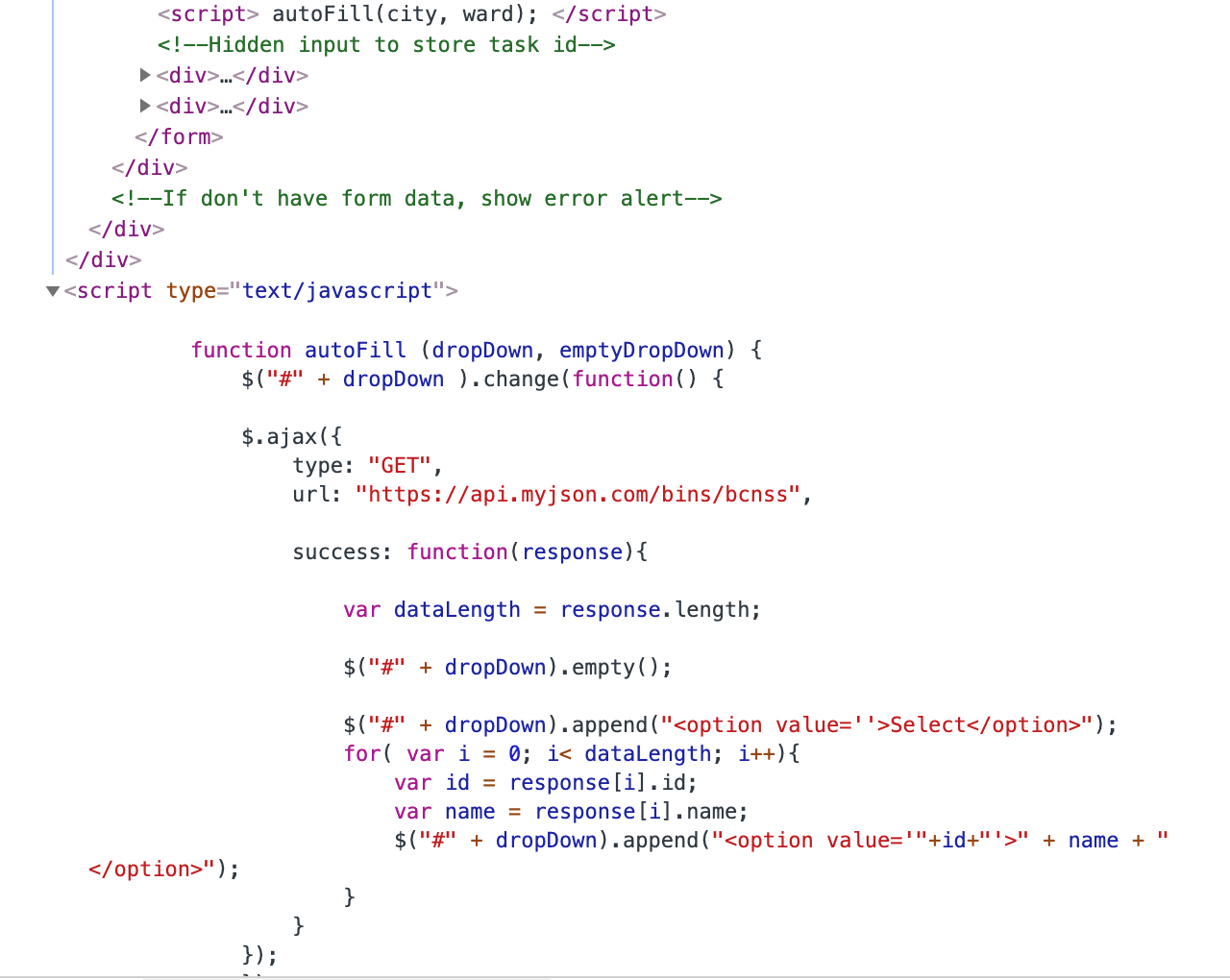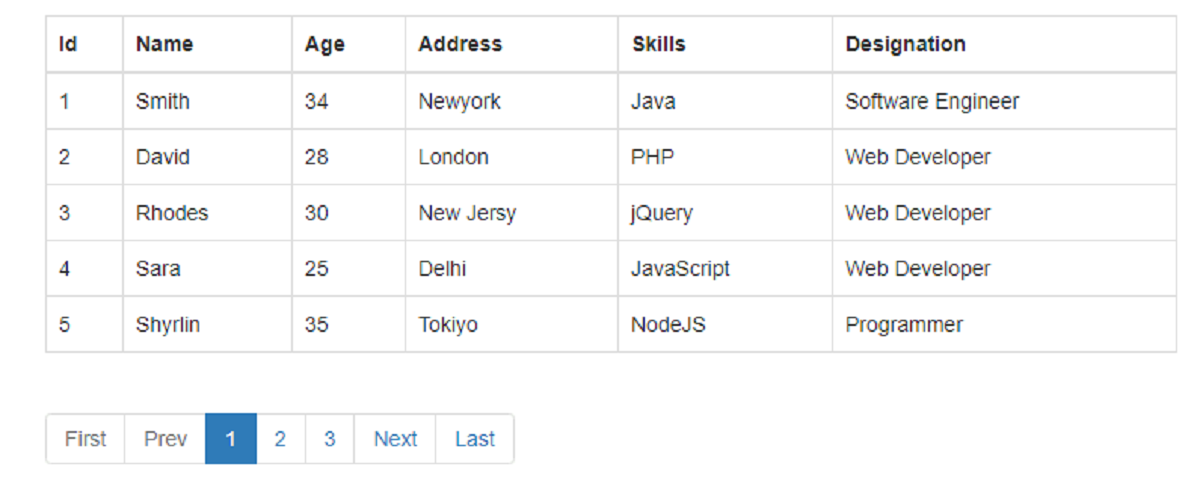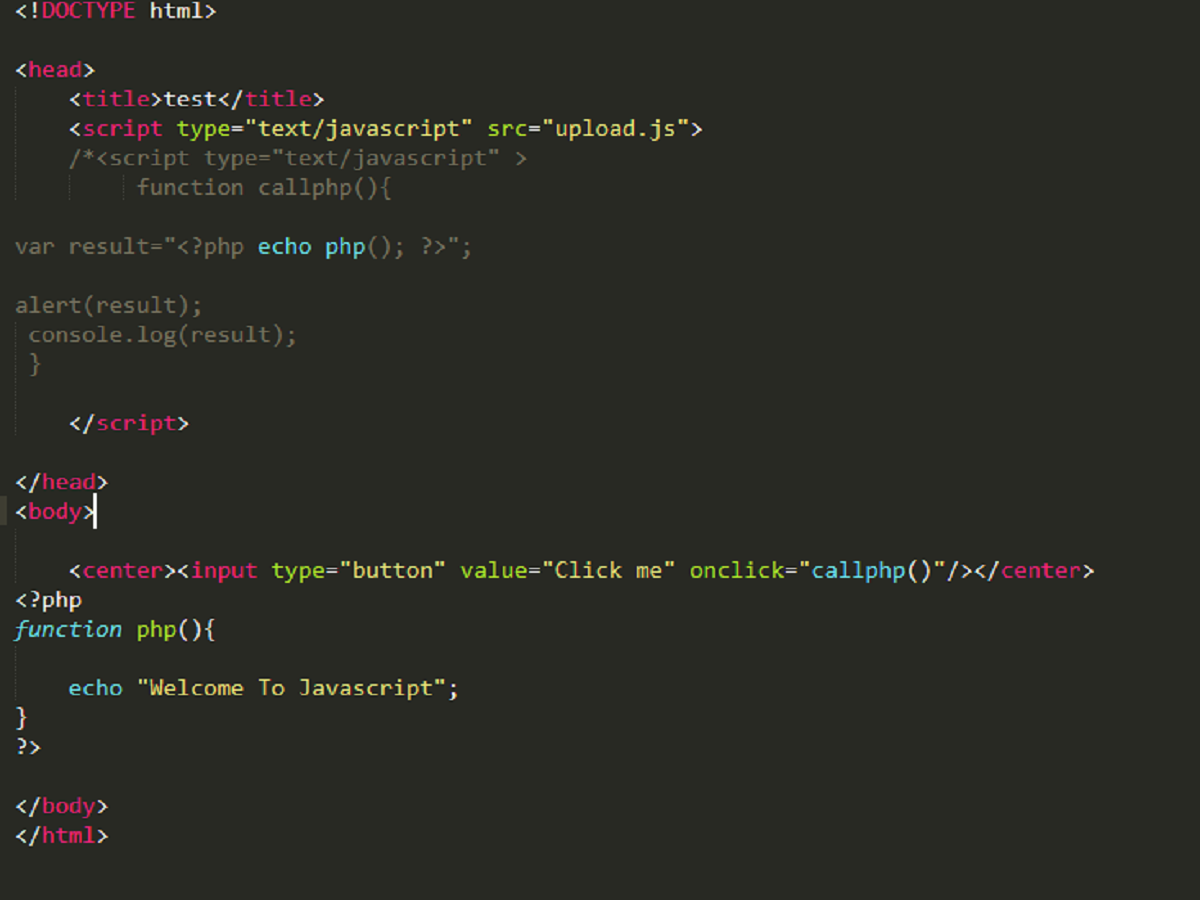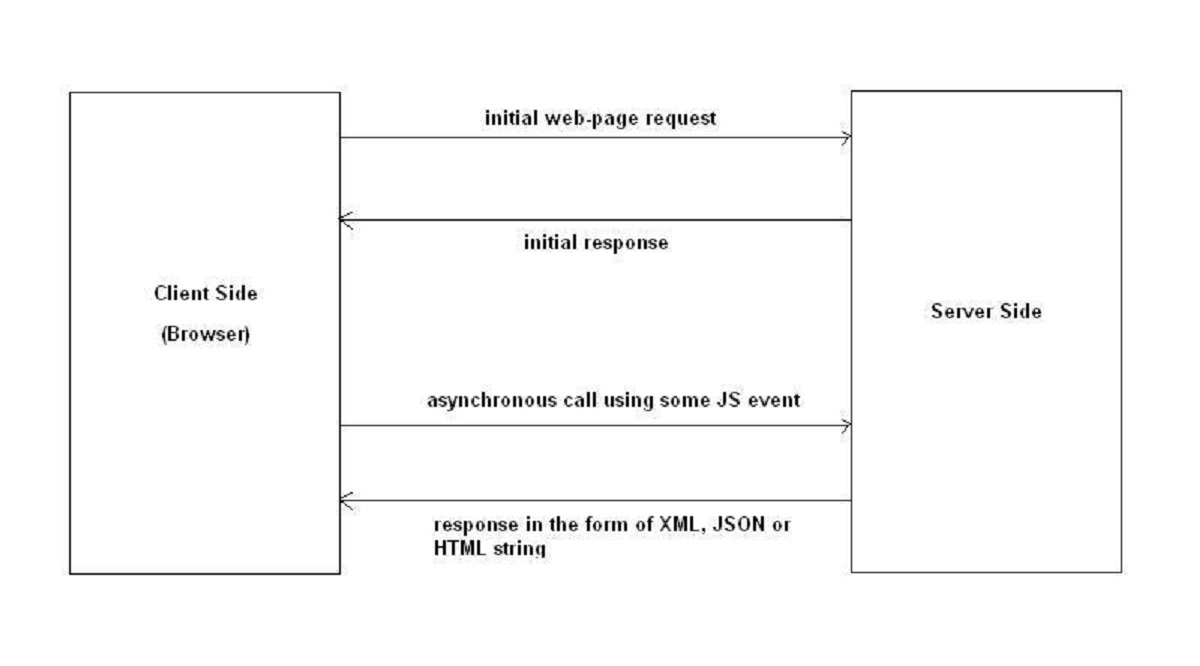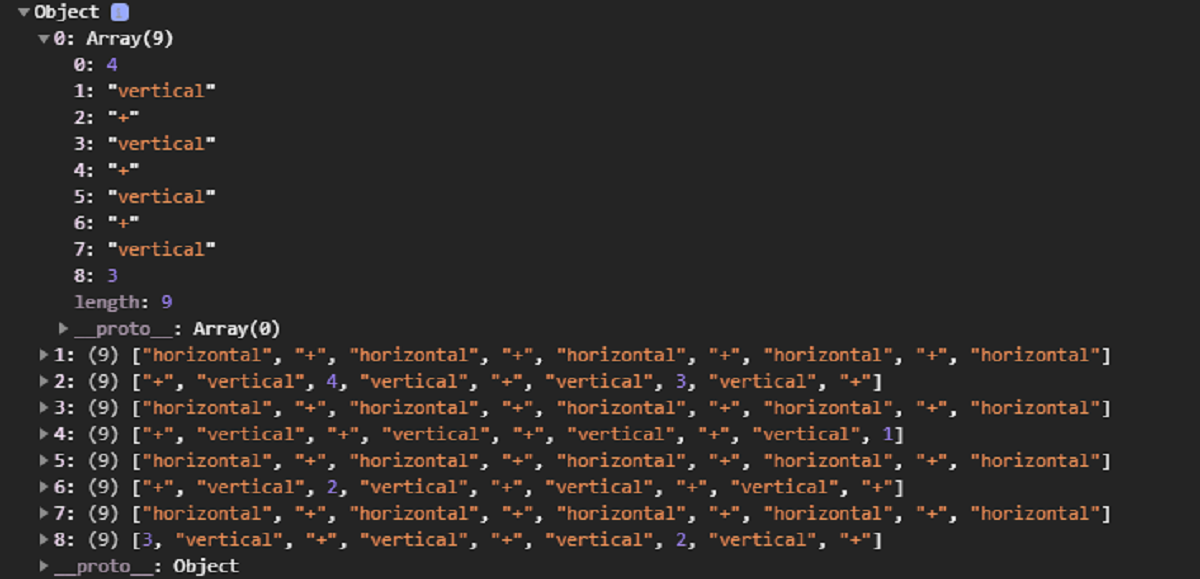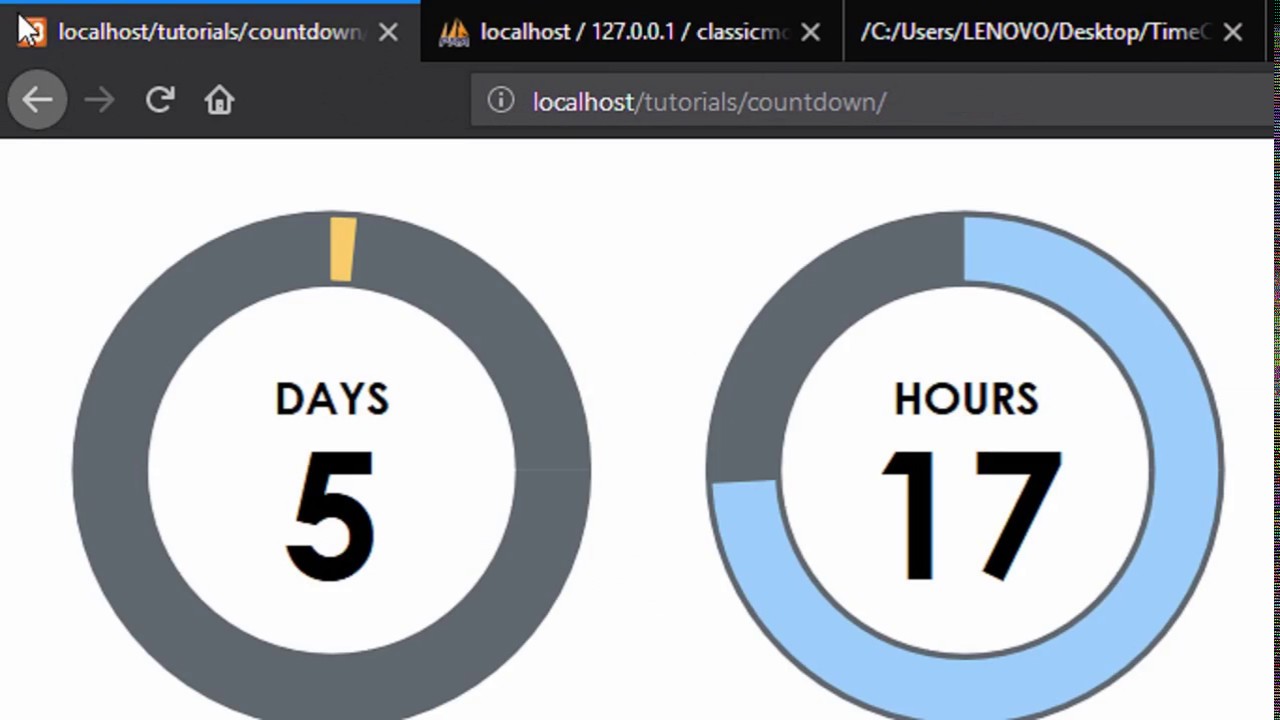Introduction
When it comes to web development, two essential technologies often come to mind: JavaScript and PHP. JavaScript is a scripting language primarily used for front-end development to enhance user interactivity and create dynamic web experiences. On the other hand, PHP is a server-side scripting language that enables the creation of dynamic web pages.
In today’s digital landscape, it is crucial for developers to have a solid understanding of both JavaScript and PHP. While PHP is powerful on its own, combining it with JavaScript can elevate the functionality and interactivity of web applications.
Integrating JavaScript in PHP can open up a world of possibilities, allowing developers to create dynamic and responsive web pages. By leveraging JavaScript’s capabilities within the PHP environment, developers can enhance user experience, perform complex client-side tasks, and seamlessly interact with server-side data.
In this article, we will explore various methods of integrating JavaScript in PHP applications. We will walk through the process of embedding JavaScript code directly within PHP files, as well as separating JavaScript code into separate files. By the end, you will have a clearer understanding of how to incorporate JavaScript into your PHP projects effectively.
Whether you are a seasoned developer or just starting your journey in web development, learning how to put JavaScript in PHP will expand your skillset and enable you to build more dynamic and feature-rich web applications.
What is JavaScript?
JavaScript is a versatile programming language primarily used for front-end web development. It was created by Brendan Eich in 1995 and has since become one of the most widely used languages for enhancing the interactivity and functionality of web pages. Unlike HTML and CSS, which primarily focus on structuring and styling web content, JavaScript enables developers to add dynamic and interactive elements to their websites.
JavaScript is a client-side scripting language, meaning it runs directly on the user’s browser rather than on the server. This allows for real-time interactions and dynamic updates without requiring page reloads. With JavaScript, developers can manipulate HTML elements, handle events, validate forms, create animations, make HTTP requests, and much more.
One of the major advantages of JavaScript is its compatibility with multiple browsers. Most modern browsers have built-in JavaScript engines that can interpret and execute JavaScript code, ensuring that your web application functions correctly across different platforms.
Moreover, JavaScript provides a wide range of libraries and frameworks such as jQuery, React, and AngularJS, which simplify complex tasks and speed up development. These libraries offer pre-built functions and components for common web development needs, allowing developers to focus on the business logic rather than reinventing the wheel.
To summarize, JavaScript is a powerful and flexible programming language that empowers developers to build interactive, dynamic, and engaging web applications. Understanding JavaScript is crucial for front-end developers, as it enables them to deliver a user-friendly and feature-rich online experience.
What is PHP?
PHP, which stands for Hypertext Preprocessor, is a server-side scripting language primarily used for web development. It was created by Rasmus Lerdorf in 1994 and has since become one of the most popular and widely adopted languages for building dynamic websites and web applications.
PHP is specifically designed to work in conjunction with HTML, allowing developers to embed PHP code within HTML files. When a user requests a web page, the server executes the PHP code and generates the HTML content dynamically to be sent back to the browser.
One of the key advantages of PHP is its simplicity and ease of use. The syntax of PHP is similar to C and other programming languages, making it accessible for developers to learn and write code quickly. Additionally, PHP supports a vast array of databases, such as MySQL, PostgreSQL, and MongoDB, enabling developers to interact with and manipulate data effectively.
PHP offers a rich set of features and functionalities that facilitate web development. It provides built-in functions for handling form submissions, processing user input, manipulating strings and arrays, performing file operations, and interacting with databases. Additionally, PHP supports object-oriented programming (OOP), allowing for modular and reusable code structures.
Another strength of PHP is its broad community support and extensive documentation. With a large user base, developers can easily find help, tutorials, and libraries for common tasks. The PHP community actively contributes to the language’s development, ensuring its continuous improvement and security.
In summary, PHP is a powerful server-side scripting language used for web development. Its simplicity, versatility, and extensive capabilities make it an essential tool for building dynamic and interactive web pages. Understanding PHP is crucial for back-end developers who focus on server-side logic and data processing.
Why Use JavaScript in PHP?
Integrating JavaScript into PHP applications offers several advantages and opens up a world of possibilities for developers. Let’s explore some key reasons why using JavaScript in PHP is beneficial:
Enhanced User Experience: JavaScript allows for dynamic content updates and interactivity on the client-side. By incorporating JavaScript into PHP applications, developers can create a more engaging and responsive user experience. Whether it’s adding form validation, implementing smooth animations, or creating interactive elements, JavaScript enhances the overall usability of web applications.
Client-Side Data Manipulation: JavaScript excels at manipulating data on the client-side. By combining PHP and JavaScript, developers can offload some of the data processing tasks to the user’s browser, reducing server load and improving application performance. This allows for quicker responses to user interactions and a smoother browsing experience.
Dynamic Content Updates: JavaScript helps developers implement real-time updates without refreshing the entire page. With JavaScript, you can fetch data from the server, process it, and update specific parts of the web page without requiring a complete reload. This enables live data updates, chat systems, notification systems, and more.
Improved Form Validation: JavaScript provides powerful form validation capabilities. By utilizing JavaScript with PHP, developers can validate user input on the client-side, reducing server requests and providing an instant feedback mechanism to users. This streamlines the user experience and improves data integrity.
Rich UI Components: JavaScript libraries and frameworks are abundant, offering ready-to-use UI components. When combined with PHP, developers can leverage these libraries to create feature-rich interfaces efficiently. Libraries like jQuery, React, and Vue.js provide extensive UI components and tools for building modern web applications.
Asynchronous Operations: JavaScript allows for asynchronous operations, such as making AJAX requests to the server, retrieving data in the background, and updating the page without causing disruptions. Incorporating JavaScript in PHP applications enables developers to take advantage of asynchronous operations to improve performance and provide a seamless user experience.
Incorporating JavaScript in PHP applications offers numerous benefits, including enhanced user experience, client-side data manipulation, dynamic content updates, improved form validation, access to rich UI components, and support for asynchronous operations. By leveraging the strengths of JavaScript within PHP, developers can deliver powerful, interactive, and efficient web applications.
Method 1: Embedding JavaScript in PHP
One common way to incorporate JavaScript in PHP applications is to embed JavaScript code directly within PHP files. This method allows for seamless integration and allows PHP developers to leverage the full potential of JavaScript within their applications. Here’s how it works:
To embed JavaScript in a PHP file, you can use the <script> HTML tag within PHP code. This tag is used to define client-side JavaScript code that will be executed by the user’s browser. You can place the JavaScript code within the <script> tags, either inline or by referencing an external JavaScript file.
Here’s an example of embedding JavaScript in PHP:
<?php
// PHP code
$name = "John";
?>
<html>
<head>
<title>Embedding JavaScript in PHP</title>
</head>
<body>
<h1>Hello, <?php echo $name; ?>!</h1>
<script>
// JavaScript code
var greeting = "Welcome to the website!";
alert(greeting);
</script>
</body>
</html>
In this example, we have a PHP variable $name that contains the value “John”. Inside the HTML section, we echo the value of the PHP variable using <?php echo $name; ?>. Furthermore, we embed a JavaScript code block using the <script> tags.
The JavaScript code will be executed when the page is loaded in the user’s browser. In this case, it displays an alert box with the message “Welcome to the website!”. This demonstrates how easily JavaScript can be integrated and combined with PHP logic to create dynamic and interactive web pages.
By embedding JavaScript in PHP, developers can seamlessly blend server-side logic with client-side interactivity while maintaining a cohesive code structure.
However, it is important to ensure proper syntax highlighting and appropriate indentation to maintain code readability and avoid confusion between PHP and JavaScript sections.
Now that we have explored the first method of embedding JavaScript in PHP, let’s move on to the next method, which involves separating JavaScript and PHP code into separate files.
Method 2: Separating JavaScript and PHP
In addition to embedding JavaScript directly within PHP files, developers can also choose to separate JavaScript and PHP code into distinct files. This approach promotes cleaner code organization and allows for better separation of concerns. Here’s how to implement this method:
Step 1: Create a separate JavaScript file (*.js) to store your JavaScript code. This file should contain only JavaScript code and not include any PHP or HTML code. For example, you can create a file called script.js and place all your JavaScript code inside.
Step 2: In your PHP file, include a reference to the JavaScript file by using the <script> tag with the src attribute. This attribute should point to the location of your JavaScript file. Here’s an example:
<?php
// PHP code
$name = "John";
?>
<html>
<head>
<title>Separating JavaScript and PHP</title>
<script src="script.js"></script>
</head>
<body>
<h1>Hello, <?php echo $name; ?>!</h1>
</body>
</html>
In this example, we have a PHP variable $name that contains the value “John”. Instead of embedding the JavaScript code within the PHP file, we reference the external JavaScript file script.js using the <script> tag.
The JavaScript code is now stored in a separate file, allowing for better organization and maintainability. This separation also facilitates code reuse and improves collaboration among team members with different roles and expertise.
By separating JavaScript and PHP code, you can focus on writing clean, modular, and reusable code for each language. This approach also makes it easier to implement changes or updates to either the JavaScript or PHP code without affecting the other.
Remember to ensure that the file paths are correct and properly linked. This includes placing the JavaScript file in the correct directory and referencing it with the appropriate relative path in the HTML section of your PHP file.
With this method, you can fully utilize the capabilities of JavaScript and PHP while maintaining a clear separation between the two languages, enhancing code organization, and promoting best practices in web development.
Now that we have explored both methods of incorporating JavaScript in PHP applications, let’s proceed with a case study on adding JavaScript to a PHP file.
Case Study: Adding JavaScript to a PHP File
Let’s dive into a case study that showcases the process of adding JavaScript to a PHP file. Consider a PHP file that displays a form to the user and requires client-side validation using JavaScript. Here’s how this case study unfolds:
Step 1: Create a PHP file, let’s call it form.php. Inside this file, define the HTML markup for the form along with the necessary PHP code for processing form submissions.
Step 2: Within the <head> section of the form.php file, include a reference to an external JavaScript file. This file will contain the necessary JavaScript logic for form validation. For example, you can create a file called script.js and place it in the same directory as the form.php file.
Step 3: In the <script> tag of the JavaScript file, write the code to validate the form fields on the client-side. This can include checking for empty fields, validating email addresses, or password strength, among other things.
Step 4: Within the form.php file, add the necessary JavaScript code to handle form submission events. This can involve stopping the form submission if there are validation errors or sending an AJAX request to the server for further processing.
Here’s an example of how the form.php file may look:
<?php
// PHP code for processing form submissions
if ($_SERVER['REQUEST_METHOD'] === 'POST') {
// Process form data
}
?>
<html>
<head>
<title>Form Validation with JavaScript</title>
<script src="script.js"></script>
</head>
<body>
<h1>Form Validation with JavaScript</h1>
<form action="form.php" method="post">
<label for="name">Name:</label>
<input type="text" name="name" id="name" required>
<span id="name-error"></span>
<label for="email">Email:</label>
<input type="email" name="email" id="email" required>
<span id="email-error"></span>
<button type="submit">Submit</button>
</form>
<script>
// JavaScript code for form validation
// Add event listener for form submission
var form = document.querySelector('form');
form.addEventListener('submit', function(event) {
event.preventDefault(); // Prevent form submission
// Perform client-side form validation
var name = document.getElementById('name').value;
var email = document.getElementById('email').value;
// Validate name
if (name.trim() === '') {
document.getElementById('name-error').textContent = 'Please enter your name.';
return;
}
// Validate email
if (!validateEmail(email)) {
document.getElementById('email-error').textContent = 'Please enter a valid email address.';
return;
}
// Proceed with form submission
this.submit(); // Submit the form
});
// Email validation helper function
function validateEmail(email) {
// Regular expression for email validation
var re = /^[^\s@]+@[^\s@]+\.[^\s@]+$/;
return re.test(email);
}
</script>
</body>
</html>
In this example, the form.php file contains an HTML form with name and email fields. The JavaScript file script.js is included, which handles the client-side form validation logic.
When the user submits the form, the JavaScript code intercepts the event and performs form validation by checking if the name and email fields are filled correctly. If there are validation errors, the appropriate error messages are displayed on the page. If the form passes validation, the script allows the form to be submitted to the server for further processing.
This case study demonstrates how JavaScript can be integrated with PHP to provide client-side form validation, resulting in a more user-friendly and efficient form submission process.
By separating the JavaScript code into an external file, you can easily maintain and update the validation logic independently of the PHP code, promoting better code organization and reusability.
Now that we have explored the case study, let’s conclude our discussion on incorporating JavaScript in PHP applications.
Conclusion
Incorporating JavaScript into PHP applications allows developers to create dynamic, interactive, and feature-rich web experiences. By leveraging the strengths of both languages, developers can enhance user experience, perform client-side validations, manipulate data on the client-side, and create real-time updates without page reloads.
There are two main methods for integrating JavaScript in PHP: embedding JavaScript code directly within PHP files and separating JavaScript and PHP code into separate files. Embedding JavaScript in PHP offers seamless integration and allows for seamless blending of server-side and client-side logic. On the other hand, separating JavaScript and PHP code promotes better code organization and separation of concerns.
Through a case study of adding JavaScript to a PHP file, we have seen firsthand how JavaScript can be used for client-side form validation, improving user experience while maintaining a clean separation of code.
Whether you choose to embed JavaScript within PHP files or separate them into distinct files, it is important to ensure that the code remains readable, maintainable, and reusable. Additionally, leveraging libraries and frameworks in JavaScript can further boost productivity and streamline development.
By integrating JavaScript and PHP effectively, developers can create powerful web applications that deliver a seamless user experience, enhance functionality, and improve performance.
As you continue your journey in web development, mastering the art of combining JavaScript and PHP will provide you with a valuable skill set to create cutting-edge web applications that meet the demands of modern users.







